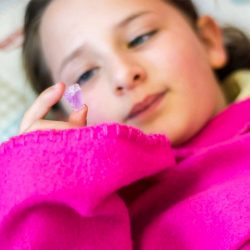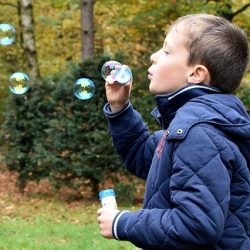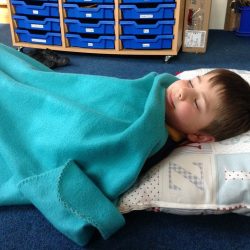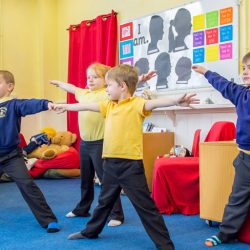APPROACH
The Open Minds Approach to wellbeing has been developed from our extensive teaching experience to meet the SEMH needs of children, young people and families. It is firmly rooted in a research base of well known authorities from the fields of mindfulness, positive psychology and neuroscience.
How does it work?
Four main elements are explored in the sessions (see below) and young people are offered a range of tools from each element according to their age, developmental stage and needs of the individual.
We also teach a basic understanding of the brain science which underpins our work and helps children and young people understand how the brain develops and how the work we do together will contribute to building a healthy mind.
The young person is encouraged to select tools which most suit their personality and learning style and are encouraged to develop their own tools as the intervention progresses.
The Elements
BE
‘The core brain craves downtime.’ Devi, G, A calm brain, Penguin Group 2012.
Learning to be is a key part of our emotional wellbeing needs.
Through child friendly mindfulness practices, we use a variety of sensory objects according to the child’s preferences to develop focused attention and the ability to tune in to one’s internal world. Through the experience of focussing on one object, whilst listening to music, and without talking, the child experiences quiet and learns to reflect. We then discuss what was going on ‘in their world’ as well as other key questions to help them learn about their thoughts and feelings. The children often tell us they feel they have more space inside them as a result of these varied sensory mindfulness practices.
References: Kaiser Greenland (2010), Murray (2012), Nhat Hanh (2001), Snel (2013), Willard (2010. 2013)

BREATHE
Taking our attention to our breath forms a key part of our intervention and brings our attention to the present moment. When we deepen the breath and breathe out slowly, this activates our parasympathetic nervous system which sends calming chemicals throughout the body. We need to practise this type of breathing when we are calm so that we can use it when we getting frustrated or anxious. The tool needs to be in the box ready for use! We find many fun ways of developing belly breathing according to the age and development of the child and encourage the children to make up their own versions.
References: Kaiser Greenland (2010), Murray (2012), Nhat Hanh (2001), Snel (2013), Willard (2010. 2013)

IMAGINE
The latest research in neuroscience explains why visualisation is such a powerful tool for wellbeing. When we imagine or visualise an action, we stimulate the same brain regions as when we actually perform that same action. This continues to build strong neural pathways and as such forms another key element in our work.
Each session includes activities where we focus on our strengths, recall positive moments, work with affirmations and engage in creative visualisation to enhance the neural networks.
We draw heavily from the work of Dr Rick Hanson (2009) whose work demonstrates that we need to connect sensations in the body to the positive experience for the maximum gain.
References: Day (1994), Hanson (2009, 2018)

MOVE
Movement is a basic requirement for physical, mental and emotional wellbeing. Our movement practices include finding balance, stretches, tapping, creative movement, developmental movement and dance.
Working with the body helps to release emotion, increase endorphins and develop focus.
References: Davies (2003), Goddard Blythe (2004), Naht Hahn (2008)

NEUROSCIENCE
As well as practical activities we teach basic neuroscience to give children and young people a basic understanding of brain development.
They understand that with repetition, the given activities have a positive impact on their own neural pathway development. These pathways lead to greater cognitive control, improved self regulation and resilience.
However, new mental habits don’t appear overnight! Repetition is fundamental to the success of our intervention.
References: Hanson (2009), Siegel,Bryson (2011), Van Der Kolk (2014)
